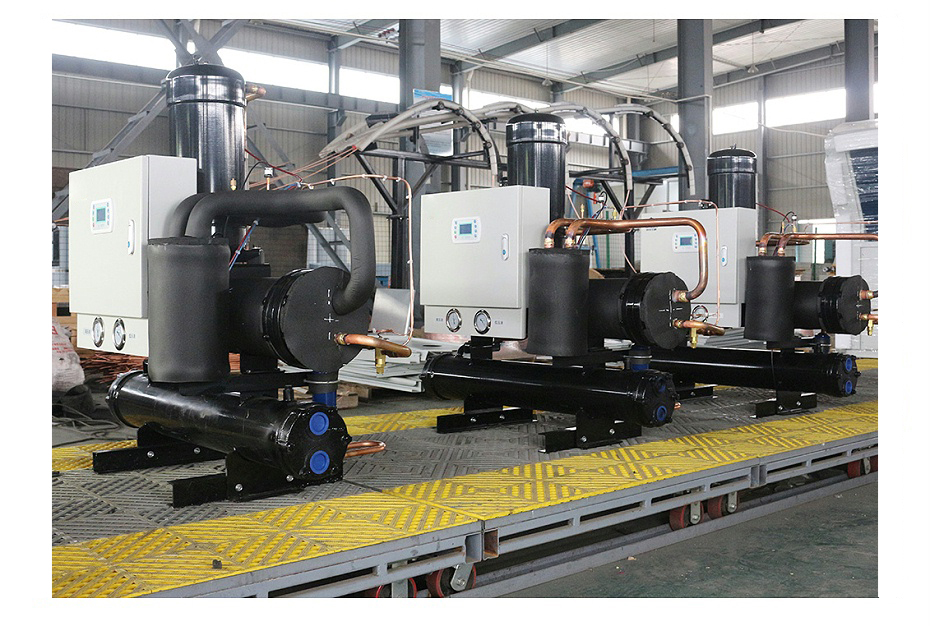Biomass polygeneration coupling sewage sourced pump heating in sewage plant

Utilizing recycled water/sewage source heat pumps, combined with biomass cogeneration technology, to achieve heating for sewage treatment plants and buildings within a certain distance. The biomass gas carbon cogeneration process in sewage treatment plants can produce steam/hot water as a byproduct, coupled with sewage source heat pumps, and tap into more heating potential in the factory area.
1. Technical Proposal

2. Benefit analysis
Sewage contains a large amount of chemical, thermal, and hydrodynamic energy. Due to temperature differences, the thermal energy contained in sewage provides another indirect source of energy to offset the energy demand for sewage treatment, with recoverable thermal energy being 6-8 times more than anaerobic recovered chemical energy. Effectively combining and fully utilizing the recovered heat energy with the urban heating network, sewage source heat pump technology has great potential in promoting sewage treatment plants to approach carbon neutrality goals. Biomass cogeneration coupled sewage source heat pump heating adopts a combined heating method, which has strong energy-saving, economic, and applicability. It can transport a large amount of heat energy through the pipeline network to the central heating system, helping to reduce coal burning and atmospheric pollution. Compared with traditional centralized heating methods, the biomass cogeneration coupled sewage source heat pump heating method greatly improves the primary energy efficiency and belongs to an environmentally friendly technology. It can not only save the operating heat energy of sewage plants, but also achieve the goal of "carbon neutrality", thereby indirectly reducing carbon dioxide emissions. Biomass cogeneration coupled with sewage source heat pump heating, some of which can be used to meet the heating needs of sewage treatment plants, providing centralized heating for buildings in the front of the plant and control rooms in the mud area. The other part can be sent to urban heating systems to further achieve energy conservation and carbon reduction.


